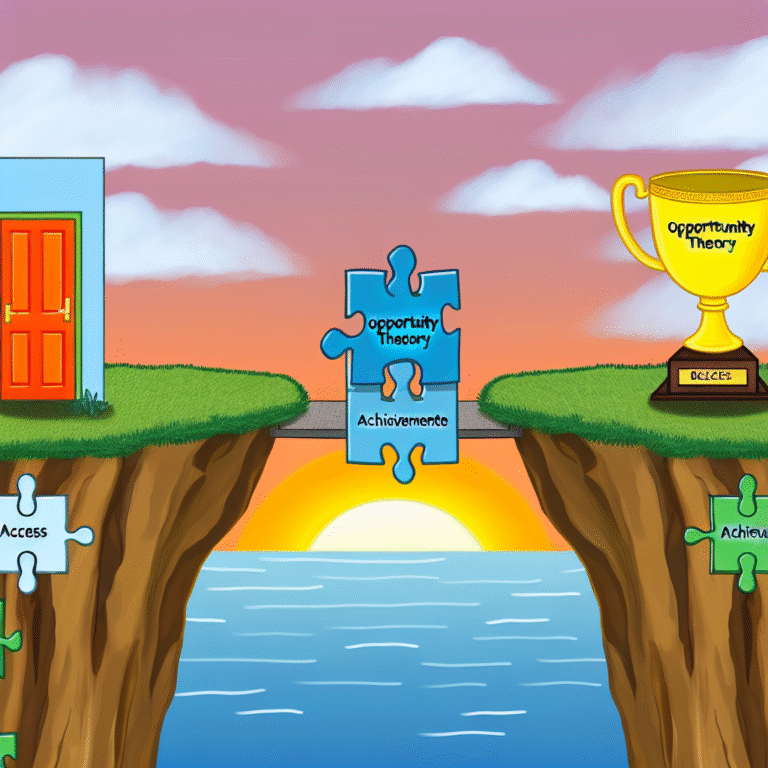
Introduction: The Power of Self-Control
Have you ever found yourself reaching for that extra slice of cake, scrolling through social media instead of working, or making spontaneous purchases that later led to regret? If so, you’re not alone. Impulse control is one of the most significant skills you can develop to lead a more disciplined, fulfilling life. Mastering Impulse Control: The Key to a More Disciplined Life is not just a catchy phrase; it’s an essential truth underpinning personal success in various aspects of life.
In today’s hyper-connected world, distractions are everywhere. From social media notifications to advertising designed to trigger your desire for instant gratification, we are constantly bombarded with stimuli. However, with a better grasp on impulse control, you can cultivate the discipline needed to make informed, conscious choices.
This article delves deep into the concept of impulse control, shedding light on its psychological background, real-world applications, and actionable strategies you can implement. By the end of this journey, you’ll understand why Mastering Impulse Control: The Key to a More Disciplined Life deserves your attention and effort.
Understanding Impulse Control
What is Impulse Control?
Impulse control refers to the ability to resist the urge to act on immediate desires or temptations. This self-regulation benefits various areas, from dieting to financial planning and even maintaining healthy relationships. Mastering this skill can often determine the difference between immediate satisfaction and long-term happiness.
Why it Matters
Living in a world filled with temptations, mastering impulse control helps individuals:
- Enhance Emotional Stability: Better management of your impulses can lead to reduced stress and anxiety.
- Achieve Goals More Effectively: Individuals who can control their impulses are better equipped to stay committed to their long-term goals, whether they relate to health, finances, or personal growth.
- Build Stronger Relationships: By controlling anxious reactions or rash decisions, impulse control can foster healthier interactions and partnerships.
Case Study: The Marshmallow Experiment
One of the most famous studies related to impulse control is the Stanford Marshmallow Experiment, conducted in the late 1960s. Children were given a choice: they could either eat one marshmallow immediately or wait 15 minutes to receive two marshmallows. The outcomes were fascinating; children who waited tended to have better life outcomes in terms of academics, health, and even social skills.
Analysis
The Marshmallow Experiment demonstrates that early impulse control can pave the way for success later in life. While it may seem simple, the understanding gained from this study shows that the ability to delay gratification significantly impacts an individual’s disciplined pursuits.
The Science Behind Impulse Control
Neurobiology of Self-Control
Understanding the biological basis of impulse control is crucial in recognizing how to strengthen this skill. The prefrontal cortex, the part of the brain associated with reasoning and planning, plays a vital role in controlling impulses. In contrast, the amygdala, which reacts to emotional stimuli, can often override the more rational prefrontal cortex.
Table 1: Brain Regions Involved in Impulse Control
| Brain Region | Function |
|---|---|
| Prefrontal Cortex | Decision-making, Self-regulation |
| Amygdala | Emotional response |
| Anterior Cingulate Cortex | Conflict-monitoring and impulse control |
The Role of Willpower
Willpower is often likened to a muscle— the more you exercise it, the stronger it becomes. However, willpower isn’t infinite; it’s subject to fatigue. Recognizing situations where your willpower may be depleted can help you manage your environment and expectations more effectively.
Emotional Triggers
Often, our impulses are fueled by emotional triggers. Understanding what situations or feelings lead to impulsive actions can help in devising strategies to cope or mitigate these triggers.
Case Study: Emotional Eating
Emotional eating is a common impulse that stems from stress or negativity. By recognizing what emotional states trigger the urge to eat unhealthily, individuals can develop coping mechanisms that redirect their impulses in healthier ways.
Analysis
Through the lens of emotional triggers, we can see how mastering impulse control isn’t solely about resisting temptations—it’s about understanding the underlying emotional currents that provoke these impulses.
Strategies for Mastering Impulse Control
Identify Your Triggers
The first step in mastering impulse control is understanding what fuels your impulses. Keep a journal to document what situations trigger excessive spending, unhealthy eating, or procrastination.
Set Clear Goals
Clearly defined goals anchor your discipline. Instead of vague resolutions, set SMART (Specific, Measurable, Achievable, Relevant, Time-bound) goals. This approach provides structure and makes it easier to remain focused.
Utilize the ’10-Minute Rule’
Before yielding to an impulse, wait for just ten minutes. During this time, redirect your attention—engage in a different activity or simply breathe. More often than not, the impulse will pass.
Visualization Techniques
Visualize the positive outcomes of resisting your impulses. This mental rehearsal not only prepares you for the moment of temptation but also reinforces your motivation toward achieving long-term goals.
Table 2: Visualization Exercise Steps
| Step | Description |
|---|---|
| Identify Goal | What do you want to achieve? |
| Visualize Success | Picture yourself successfully achieving this goal. |
| Feel the Emotions | Experience the joy and satisfaction that comes with success. |
Surround Yourself with Support
Find people who inspire discipline in their lives. Having a network that encourages and supports your goals provides the accountability necessary for keeping your impulses in check.
Building Habitual Discipline
The Power of Routines
Establishing daily routines can create a structure that inhibits impulsive decisions. Develop step-by-step routines for areas in your life where you struggle with impulse control, whether it’s meal prep, budgeting, or work responsibilities.
Use Reminders and Tools
Set up reminders in the form of apps or physical notes that motivate you to stay on track. These can serve as both incentives and friendly nudges in those moments of weakness.
Practice Mindfulness
Mindfulness techniques equip you to stay present and make conscious choices. Exercises like meditation or even simple breathing techniques can solidify your self-regulation.
The Role of Environment
Create Impulse-Free Zones
Modify your surroundings to limit temptation. For instance, avoid shopping when you’re bored and remove junk food from your home.
Limit Exposure to Triggers
Be aware of environments or situations that increase your propensity to act on impulses. Whether it’s staying away from certain stores or social situations, distancing yourself from your triggers is a crucial step toward mastering impulse control.
Case Study: Resisting Temptation through Environment
A popular study focused on children showed that those who were placed in an environment devoid of temptations were more successful in delaying gratification. This indicates that altering your environment can significantly enhance your discipline.
Analysis
This case study underscores the importance of external factors in impulse control. While internal strategies are crucial, an enabling environment is also fundamental to success.
Conclusion: Embrace the Journey to Mastering Impulse Control
Mastering Impulse Control: The Key to a More Disciplined Life is not a destination but a lifelong journey. Taking small, actionable steps today can lead to significant changes over time. Remember that resisting impulses isn’t about deprivation; it’s about making choices aligned with your long-term goals and values.
As you develop this skill, remind yourself that every moment offers a new chance to choose discipline over impulse. Celebrate your victories—no matter how small—and acknowledge that setbacks are part of the learning process.
FAQs
1. What are some common signs of poor impulse control?
Poor impulse control may manifest as excessive spending, binge eating, procrastination, or frequent patterns of angry outbursts.
2. How can I improve my willpower?
Strengthen your willpower through daily exercises—start with small challenges and gradually increase them as you build strength.
3. Are there specific diets that promote better impulse control?
While there isn’t a one-size-fits-all diet, balanced meals rich in nutrients can help stabilize emotional states, which may, in turn, enhance impulse control.
4. How do I handle setbacks in my journey?
Instead of viewing setbacks as failures, treat them as learning opportunities. Analyze what happened and adjust your strategies accordingly.
5. Can working with a therapist help with impulse control?
Absolutely. A therapist can provide personalized strategies and coping mechanisms tailored to your specific challenges, facilitating your journey toward better impulse control.
In mastering impulse control, you hold the key to unlocking a more disciplined, rewarding life. Embrace the power of choice and watch your ambitions transform into reality.















